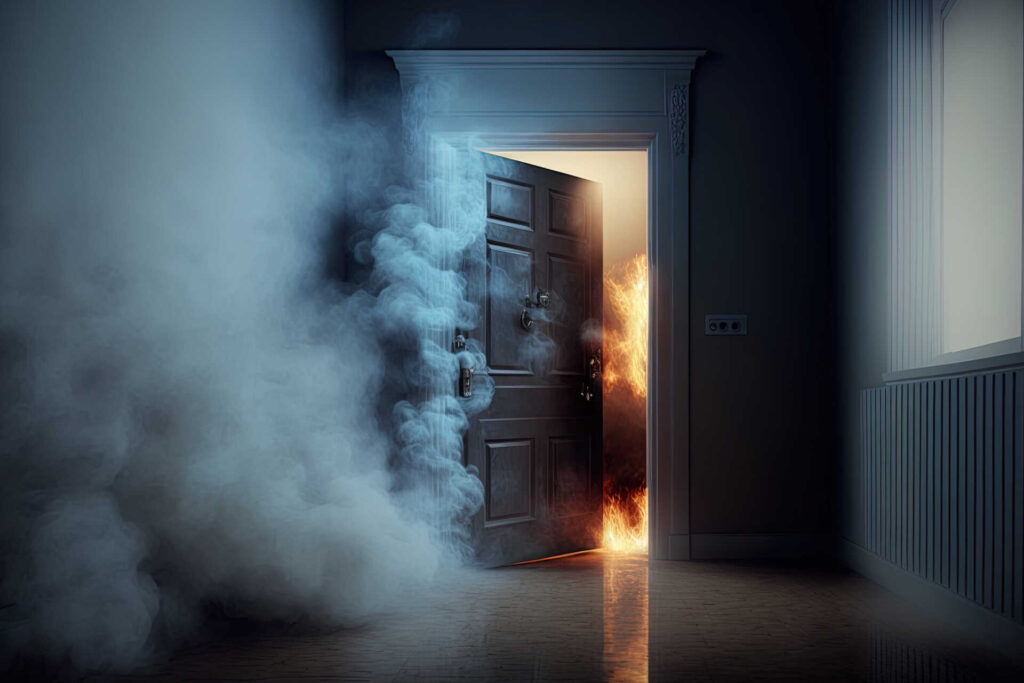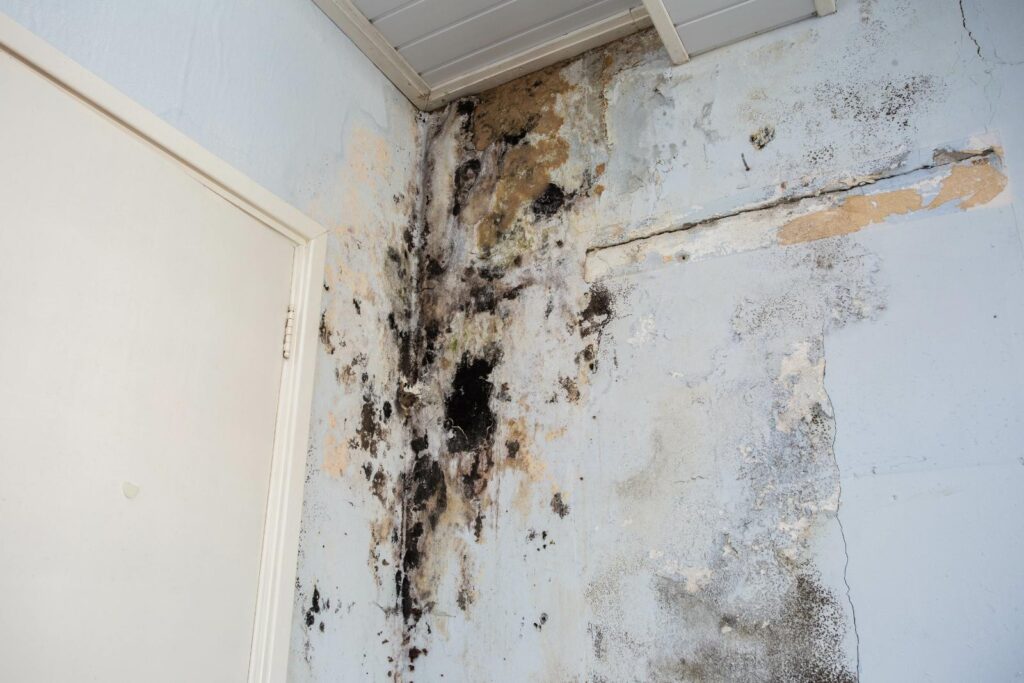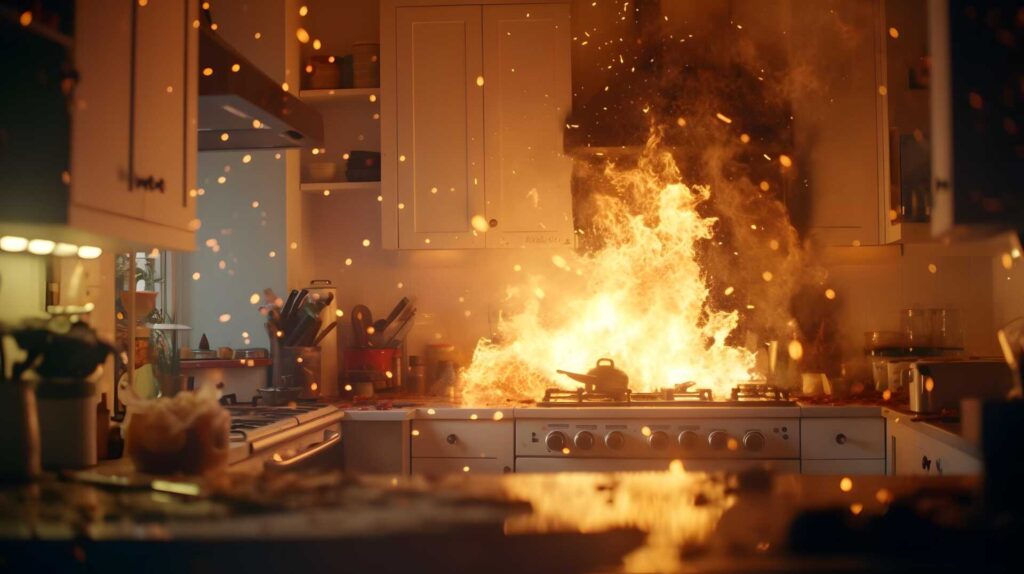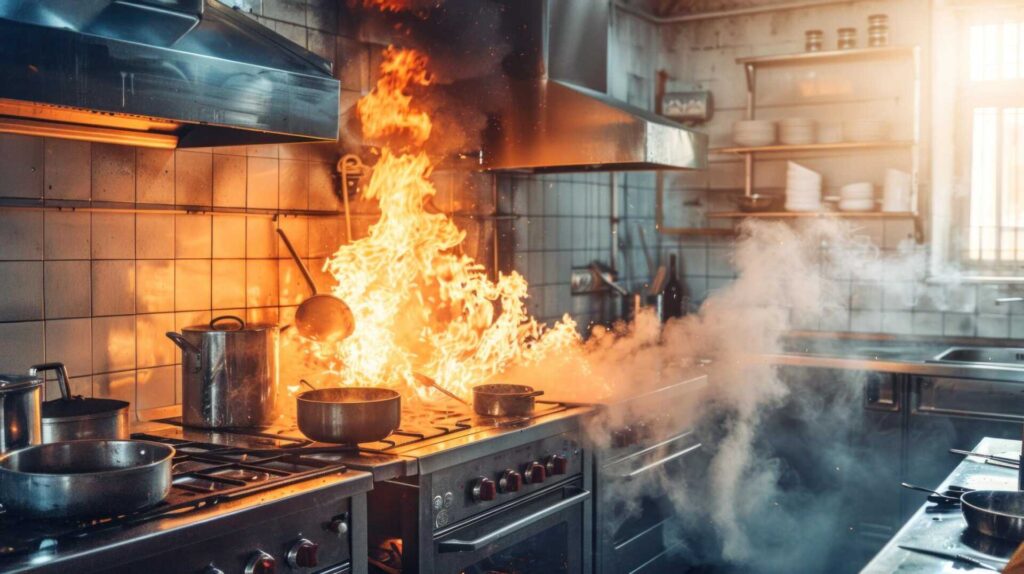
Contents
You might think fire damage restoration is overwhelming, but breaking it down into manageable steps can simplify the process. First, you need to conduct a thorough damage assessment to identify the extent of the destruction and ensure your safety. Once you’ve taken stock of the situation, there are essential precautions and techniques to follow. Understanding these can make a significant difference in how quickly and effectively you recover. So, what are the most important steps to take next?
Key Takeaways
- Conduct a thorough damage assessment to identify structural integrity issues, smoke damage, and moisture levels for effective restoration planning.
- Prioritize safety by wearing protective gear and ensuring proper ventilation to reduce inhalation risks from smoke and soot.
- Utilize industrial fans and dehumidifiers to expedite drying and prevent mold growth after addressing the water source.
- Use specialized cleaning agents and HEPA vacuums for effective smoke and soot cleanup, focusing on high-touch areas to eliminate odors.
- Engage professional restoration services for comprehensive assessment, repairs, and assistance with insurance claims to ensure effective recovery.
Assessing the Damage
Assessing the damage after a fire is a crucial step in the restoration process. You need to conduct a thorough damage assessment to understand the extent and type of destruction caused.
Start with an initial evaluation of the affected areas, focusing on structural integrity, smoke damage, and water exposure from firefighting efforts. This will help you prioritize the restoration tasks ahead.
Begin your assessment by documenting the damage with photographs. This visual record will be invaluable for insurance claims and restoration planning.
Inspect walls, ceilings, and floors for signs of charring or weakening. Pay close attention to electrical systems and plumbing, as these can pose serious risks if compromised.
Next, evaluate personal belongings. Identify items that can be salvaged and those that need replacement. Items like clothing, furniture, and valuable documents may require specialized cleaning or restoration techniques.
Don’t forget to assess the air quality in the affected areas, as smoke can linger and pose health risks.
It’s also essential to engage professionals who specialize in fire damage restoration. Their expertise will ensure a comprehensive approach to your damage assessment, helping you navigate the complexities of the restoration process.
Safety Precautions
When restoring fire-damaged areas, you must prioritize safety precautions.
Start by wearing protective gear to shield yourself from toxic substances and debris.
Ensure proper ventilation to reduce inhalation risks, and identify any hazardous materials that could pose further threats.
Wear Protective Gear
Before you begin any fire damage restoration efforts, putting on protective gear is essential for your safety. Fire-affected environments can expose you to hazardous materials, including soot, chemicals, and potentially sharp debris. Wearing proper protective clothing is crucial to minimize risks.
Start with a sturdy pair of gloves to shield your hands from cuts and contaminants. Long-sleeved shirts and pants made from durable fabric protect your skin from irritants. Consider wearing a hard hat if you’re in an area where debris might fall. Safety goggles are vital for eye protection against dust and particles.
Don’t forget to wear a mask or respirator to guard against inhaling harmful substances. Foot protection is just as important, so opt for steel-toed boots that can withstand heavy objects and provide traction on slippery surfaces.
This comprehensive safety equipment ensures you’re well-protected as you navigate the restoration process.
Ensure Ventilation Safety
Proper ventilation is crucial during fire damage restoration to ensure a safe and effective working environment. When you’re dealing with smoke and soot, it’s essential to utilize appropriate ventilation methods to prevent harmful particles from lingering in the air. Open windows and doors to create cross-ventilation, allowing fresh air to replace contaminated air.
If possible, use fans to enhance airflow, directing the smoke and odors outside.
In addition to natural ventilation, consider implementing air purification systems. HEPA filters can capture fine particulate matter, significantly improving air quality during the restoration process.
It’s also wise to use negative air machines, which not only filter the air but also contain contaminants within the affected area.
Before starting your restoration work, assess the airflow in your space and adjust your ventilation methods accordingly. This proactive approach minimizes health risks associated with fire damage and enhances the effectiveness of your cleanup efforts.
Remember, maintaining proper ventilation isn’t just about comfort; it’s a critical safety measure that protects you and your team as you restore the affected area.
Stay vigilant, and ensure that your workspace breathes easy.
Identify Hazardous Materials
Identifying hazardous materials is essential for ensuring safety during fire damage restoration. When you assess the site, start with hazard identification to pinpoint substances that could pose risks. Common hazardous materials include asbestos, lead, and certain chemicals that may have been part of household products.
Before you begin any restoration work, make sure to gather material safety data sheets (MSDS) for the products you encounter. These sheets provide crucial information about the hazards associated with specific materials, including how to handle them safely.
If you suspect the presence of hazardous substances, don’t hesitate to consult professionals. They’re equipped to conduct thorough testing and can help you manage risks effectively.
Always wear appropriate personal protective equipment (PPE), such as gloves, masks, and goggles, to protect yourself from exposure.
Water Damage Considerations
When addressing water damage after a fire, you need to first assess the extent of the damage to determine the necessary steps for restoration.
Implementing proper drying techniques is crucial to prevent further issues, such as mold growth and structural weakening.
Assessing Water Damage
Water damage is often an overlooked yet critical aspect of fire damage restoration, as it can lead to additional structural issues if not addressed promptly. To effectively assess the damage, start by identifying the water source—this could range from firefighting efforts to broken pipes. Understanding the origin helps prioritize your restoration efforts.
Once you’ve pinpointed the water source, conduct a thorough damage assessment. Inspect walls, ceilings, and floors for signs of moisture or structural weakening. Pay close attention to hidden areas, such as behind appliances or within wall cavities, where water can accumulate unnoticed.
Use moisture meters for accurate readings, as they provide a clear picture of affected areas. Document your findings meticulously, including photographs and detailed descriptions. This record can be invaluable for insurance claims and restoration planning.
If you find extensive damage, consider seeking professional help to ensure all moisture is effectively removed and that there’s no risk of mold growth. Remember, timely assessment and action are key to preventing further complications, so don’t hesitate to address water damage as part of your fire restoration process.
Proper Drying Techniques
Once water damage has been assessed and the sources identified, implementing proper drying techniques becomes vital to restoring affected areas effectively.
Using the right drying equipment and dehumidification methods can significantly speed up the restoration process and prevent further damage, such as mold growth.
Here are some key steps to follow:
Utilize industrial fans: High-velocity fans circulate air, helping to evaporate moisture quickly from surfaces.
Deploy dehumidifiers: These devices lower humidity levels, making it easier for moisture to escape from materials and structures.
Monitor moisture levels: Use moisture meters to track drying progress and ensure that all areas reach appropriate dryness.
Smoke and Soot Cleanup
Although smoke and soot can be incredibly challenging to remove, tackling the cleanup process promptly is crucial for restoring your space. The lingering effects of smoke can lead to unpleasant odors and potential health risks if not addressed quickly. Start by wearing protective gear, including gloves and masks, to safeguard yourself during the cleanup.
Follow these essential steps for effective smoke removal and soot cleaning:
| Step | Action | Tools Needed |
|---|---|---|
| 1. Assess Damage | Evaluate the extent of smoke and soot | Flashlight, notepad |
| 2. Ventilate Space | Open windows and doors to allow fresh air | Fans, air purifiers |
| 3. Dry Surfaces | Use towels to absorb moisture | Absorbent cloths |
| 4. Vacuum | Remove dry soot with a HEPA vacuum | HEPA vacuum cleaner |
| 5. Clean Surfaces | Wipe down walls and furniture with solutions | Soot cleaning solution, sponge |
Start by assessing the damage to identify heavily affected areas. Ventilation is key; ensure your space is well-aired to help eliminate odors. Use absorbent materials to dry any damp surfaces that may have absorbed smoke particles. A HEPA vacuum is ideal for soot cleaning, as it traps fine particles without redistributing them into the air. Finally, employ specialized soot cleaning solutions for thorough wall and furniture treatment.
Structural Repairs
Assessing the integrity of your structure is vital after fire damage, as hidden issues can compromise safety and stability.
You’ll want to examine both the visible and underlying elements of your home to ensure everything is secure. Start by checking for signs of structural weakness, such as cracks in the walls or sagging ceilings. These indicators could mean it’s time for foundation reinforcement, which is essential for maintaining the overall strength of your property.
When it comes to structural repairs, your material selection plays a crucial role. Choose materials that are durable and fire-resistant, helping to prevent future damage and prolong the life of your repairs.
Here are a few key considerations:
- Evaluate existing materials: Determine if any structural components can be salvaged or need complete replacement.
- Prioritize fire-rated materials****: Use materials specifically designed to withstand high temperatures and prevent the spread of flames.
- Consult local codes****: Ensure that all repairs comply with local building regulations and standards.
Professional Restoration Services
After addressing structural repairs, considering professional restoration services is a vital step in the recovery process. Fire restoration isn’t just about fixing visible damage; it involves a comprehensive approach to ensure your home is safe and habitable once again. Hiring restoration professionals can significantly expedite this process, providing expertise that goes beyond the capabilities of most homeowners.
Restoration professionals bring specialized knowledge and equipment to tackle the aftermath of fire damage. They assess the extent of the damage, including hidden issues like smoke contamination and water damage from firefighting efforts. Their thorough inspections ensure no structural or health hazards linger, which is crucial for your family’s safety.
Moreover, these experts understand the nuances of insurance claims related to fire restoration. They can assist with documentation, helping you navigate the complexities of your policy and maximizing your benefits. This support can alleviate the stress of recovery, allowing you to focus on rebuilding your life.
Additionally, professional restoration services often offer a comprehensive plan that includes cleaning, deodorizing, and repairing damaged items. Their access to advanced cleaning solutions and techniques ensures that your home is restored to its pre-fire condition, or even better.
Review
In summary, effective fire damage restoration hinges on a thorough assessment, strict safety precautions, and prompt action against water damage. Interestingly, about 50% of homeowners experience recurring mold issues after a fire if water damage isn’t addressed quickly. By prioritizing smoke cleanup and structural repairs, and engaging professional restoration services, you can ensure a safer and more efficient recovery process. Remember, tackling these challenges head-on not only restores your home but also protects your health and investment.



